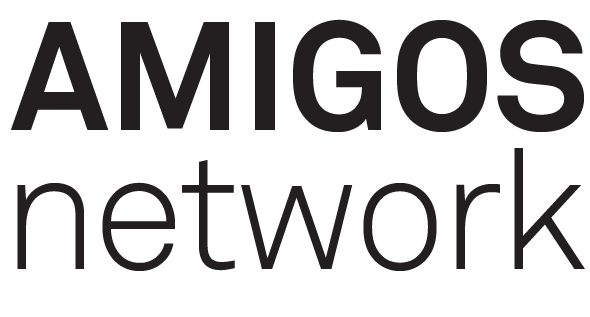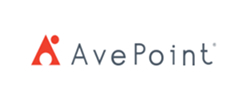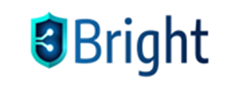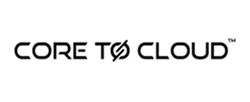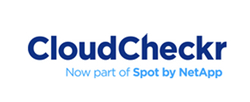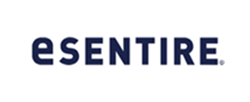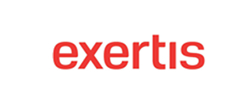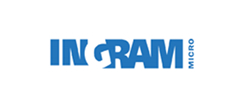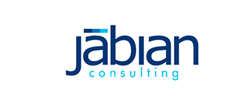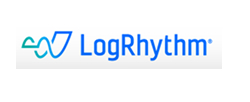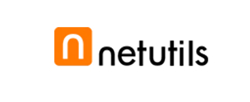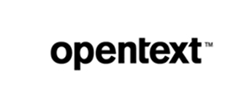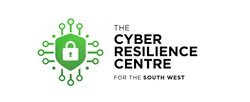Thursday, August 08, 2024 by Shelley Hirst
With so much content vying for attention, it's important to take buyers on an engaging journey.
Every piece of content you present to them should offer them helpful insights that enable them to make informed decisions about your brand, products and services and offer them the next step closer to wanting to have a sales conversation.
Step 1: The right content for the right time
So you're familiar with content marketing strategies for demand creation, right? It's about consistent storytelling across multiple channels using multiple media types that address the key trigger points in the funnel, 52 weeks of the year.
That's a BIG ask and a BIG programme of work.
Step 2: Analysing buying intent
Then, a big part of a successful content programme is the ability to capture and analyse each interaction to determine the performance of that content for every digital engagement before passing across to the sales team as a lead with high-intent markers.
Before you feel overwhelmed by the enormity of the task in hand, think about it this way and consider how you apply it to your planning.
(You may not need as much content as you think if you plan it in the right way).
Starting out (the plan)
You're about to tell a cracking story down at the pub. You want your mates to be hanging on every word, so you take a swift swig from your chosen beverage as you begin to deliver your belter of a tale.
Awareness (top of funnel)
You start off with, 'You're never going to believe what happened...' Your pals lean in, ready for a good yarn. If you were selling, say, some new fitness gear, you'd talk about someone having a hard time getting off the sofa or munching one too many crisps.
Consideration
Now you've got their attention you dive into the meat of the story. It's like saying, 'So, Dave tried this fitness thing, and guess what...?' You're showing them how it can be done, and the listeners are thinking, 'Well if Dave can, maybe I can too!'
Desire
By this point, your mates are getting excited. They're thinking, 'I fancy a bit of that!' If it's about the fitness thing, they're not just hearing about weight loss, they're dreaming of strutting their stuff on the beach or finally fitting into that shirt they bought two sizes too small.
Engagement
Here's the grand finale. 'So, if you fancy getting fit like Dave, here's how...' You lay it out, show them the way, maybe flash a before-and-after pic of Dave, who's now running marathons and stealing everyone's chips at the pub without gaining a pound.
The killer CTA
It's a blinder of a story, from the first pint to the last call. If you nail it, not only will you have everyone in stitches or on the edge of their seats, but you might just get them to sign up for that marathon... or at least have them buy another round!
You're the sales team's rock star
Not only will you have made efficient use of your budget and resources, you will have delivered leads that inform the sales team of where they are in their decision making cycle. And made a huge contribution to the sales number.
Before I forget
Remember I mentioned analysing performance of your content? The only way to do this efficiently is through automation, but that's another story ......
Frequently Asked Questions
Market Activation identifies in-market buyers (via intent data, behavioural signals) and immediately engages them with tailored outreach (nurture tracks, one-to-one advisor sessions, community invites).
Demand Engine: Targeted outreach (email, ads, sponsorships) that scores clicks → qualified leads → sales-ready appointments.
Performance Dashboard: Real-time visibility into open rates, CTOR, CPL and lead progression via our online sales portal.
Content Amplification: Thought leadership shared in The Amigos Network drives deeper engagement and social proof.
Peer Validation: Prospects get candid feedback from peers on your solutions, shortening the evaluation cycle.
Pipeline Catalysis: Warm introductions and referral paths within the community fuel high- intent conversations.
- Top-of-Funnel: Build credibility through community content and events.
- Mid-Funnel: Leverage peer case studies, expert Q&As, and live demos to answer deep technical questions.
- Bottom-of-Funnel: Invite high-intent members to advisory councils or private 1:1 sessions, often the final nudge before purchase.
- Interesting content: We originate, curate, and syndicate different types of content we know our audiences want to engage with and tell them it’s there.
- Sponsored content: We use sponsored content to drive engagement with individual brands.
- Promotion: We promote that content via multiple channels such as email, social media, YouTube, and so on.
- Identification: We ingest company-level engagement signals and combine it with known contacts that may be researching key topics.
- Segmentation: Members are bucketed by level of intent (high, medium, low) plus ICP fit and company size.
- Activation: High-intent members receive prioritised community invitations (events, focus groups, product deep-dives) to accelerate deals.
- Purchased data highlights who’s in-market.
- Community engagement reveals what questions they’re asking, so your nurture can be hyper-relevant.
- Result: A 2–3× lift in meeting acceptance and pipeline velocity vs. cold outreach alone.
- Marketing owns the nurture tracks, community invites, educational content, and event promos.
- Sales intervenes only at “high-intent + active community engagement” thresholds, with account-specific demos and peer introductions.
- Outcome: Fewer wasted calls and a higher win rate on truly qualified opportunities.
- Engagement Metrics: Community log-ins, event attendance, content downloads.
- Intent Conversion: % of intent-scored members who join private roundtables or request demos.
- Pipeline Velocity: Time from first community touch to opportunity creation.
- Revenue Impact: Contribution of community-sourced deals to overall bookings.
- Average Weekly Open Rate: 40%
- Average Weekly Click-to-Open Rate: 70%
- Average Cost-per-Lead: £45
- Minimum ROI: 500%
- Average Dwell Times: 1 minute 45 seconds
